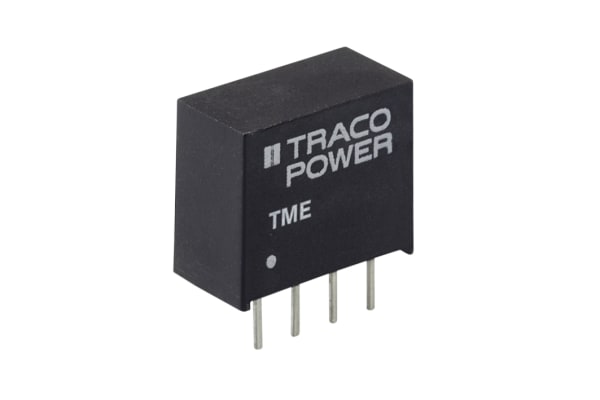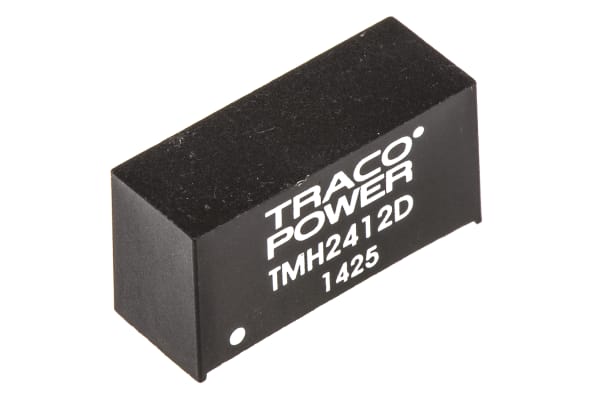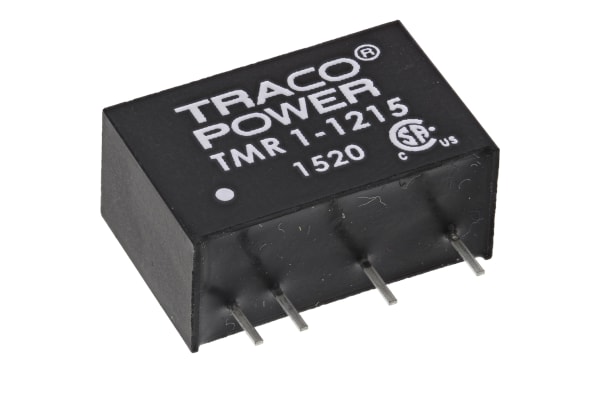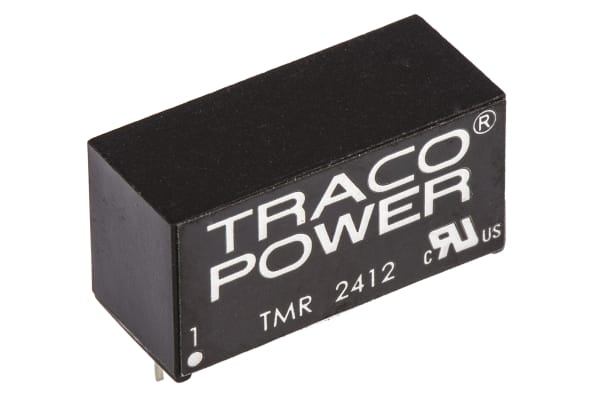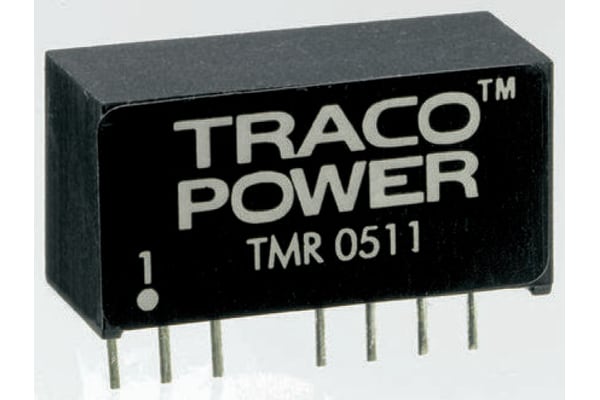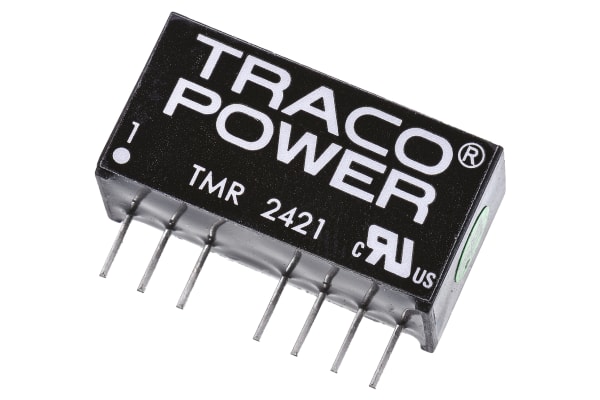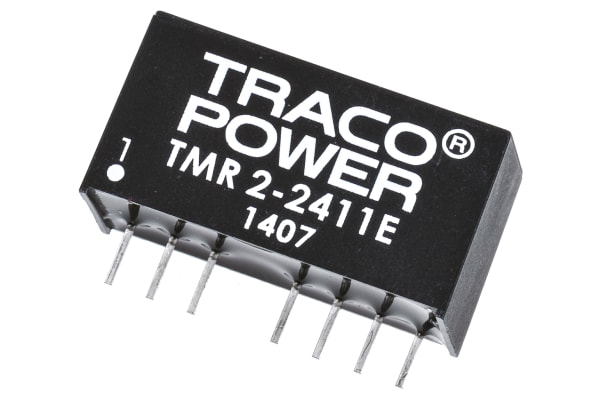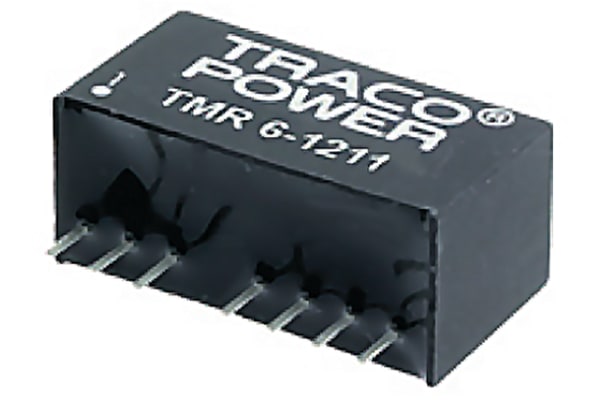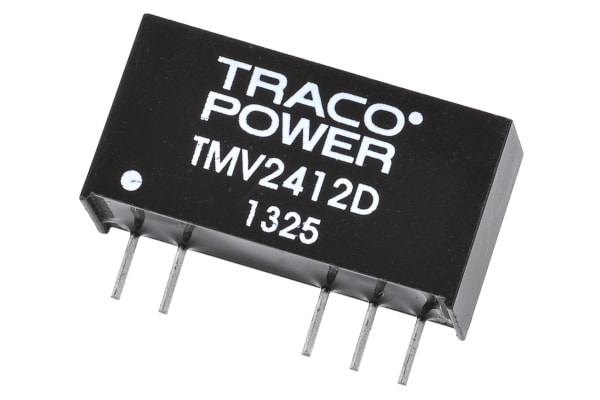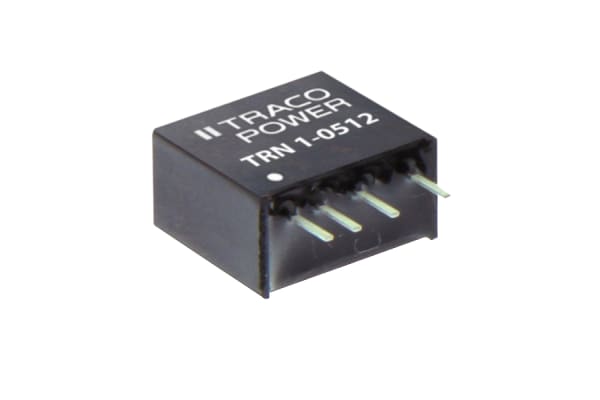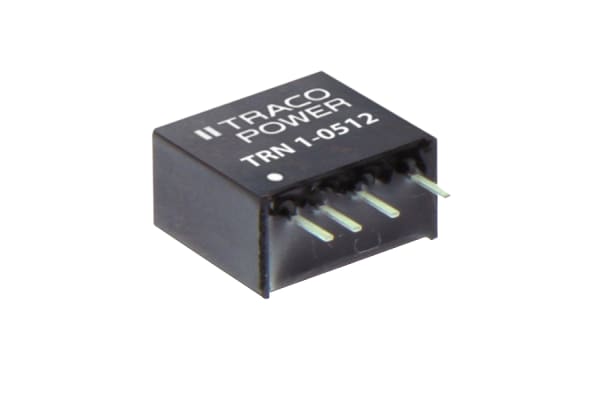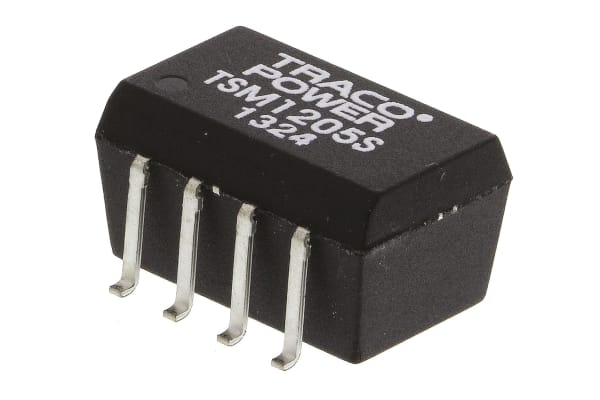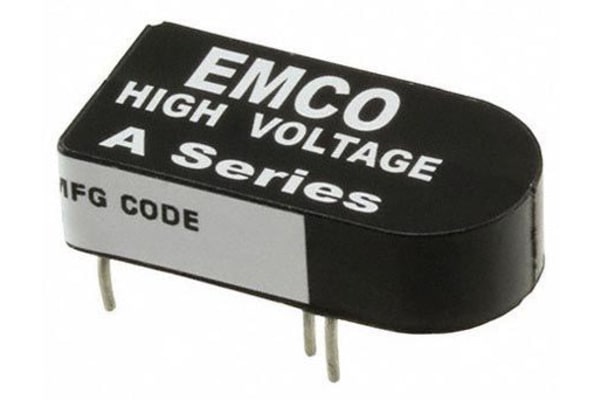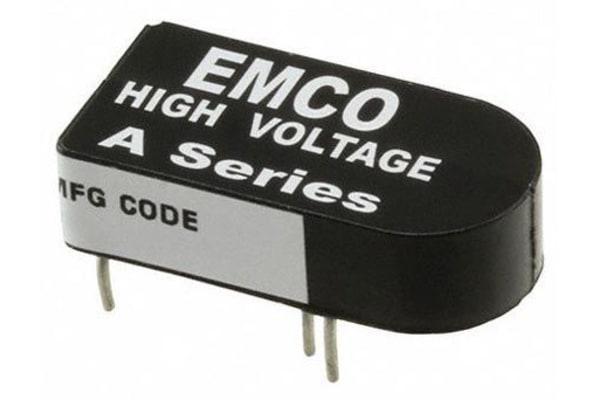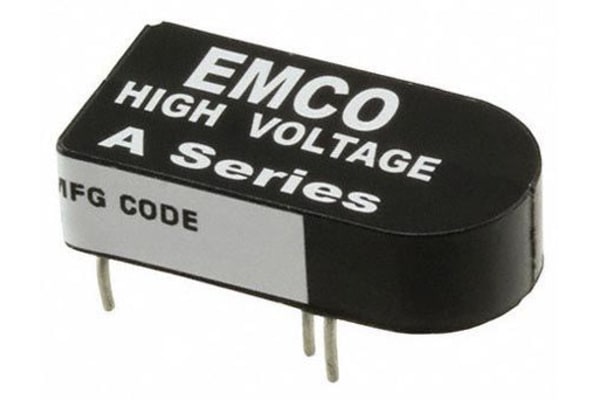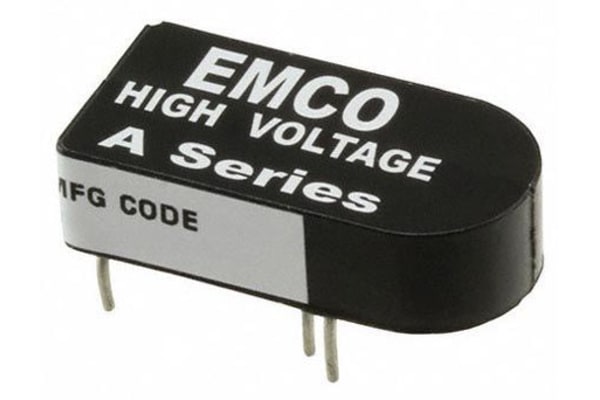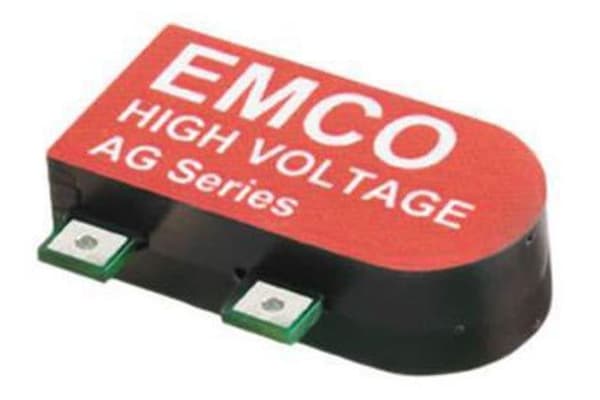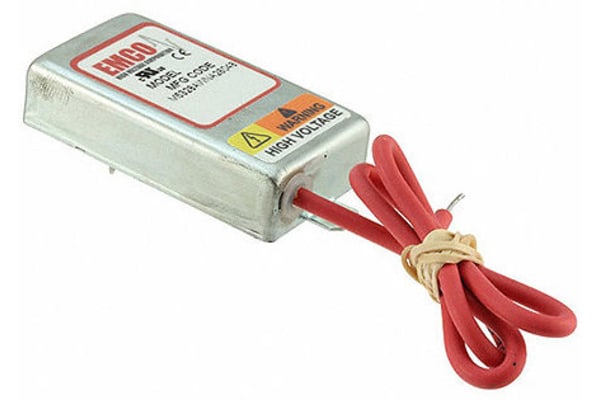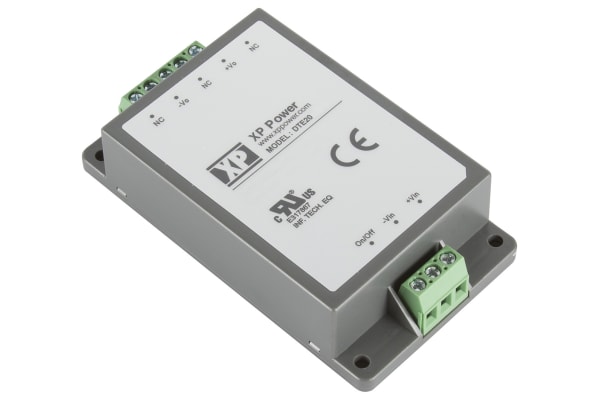DC-DC Converters
As the name implies a DC-DC converter is an electronic circuit or electromechanical device which takes a source of direct current (DC) and converts it from one voltage level to another. They are used where the operating voltage for some electronic devices vary making it necessary to provide a separate voltage for each device. Why is it necessary to convert DC to DC? AC power allows the variation of voltage levels via a transformer, unfortunately this doesn’t work with DC power. Sometimes it is necessary to convert the power, for example, from a 24V truck battery to 12V in order to power a car radio. So it’s necessary to use a converter to drop the power and make it safe for the device. Types of DC-DC Converters A wide variety of types are available to suit different needs. Some DC-DC converters will step up the power, others will step down and some can do either. It’s important to know the specifications of the converters being used to avoid damaging equipment. Types of DC-DC converters include:Isolated DC-DC converters – in these the output is isolated from the input with internal transformers to convert the input to a different output voltage. They have higher isolation voltage properties and unlike the non-isolated version have the ability to block noise and interference. Non-Isolated DC-DC converters – these devices do not have any isolation between the input and output and are typically used for smaller voltages. One disadvantage is that they do not offer much protection against high electrical voltages. Portable car power adaptor – the converters take the DC power that comes in from the vehicle’s battery and step it down to make it usable with personal devices such as DVD players, phone connectors, CD players and more. Buck DC-DC converter – named because it ‘bucks’ against the input voltage, this device produces an output that is less than its input. Boost DC-DC converter – does the opposite to the Buck and steps up the voltage output. Cuk – This type of converter is similar to buck-boost converters. The biggest difference is really the name. The Cuk was named after Slobodan Cuk, the man who created it. Charge-Pump – This converter is used for stepping the voltage up or down in applications that have low power. Advantages of DC-DC converters Driving a device by increasing or decreasing the available input voltage prevents damage or breakdown. Battery space can also be reduced. Isolated DC-DC converters are safer to use in cases of internal failure as they prevent the input voltage from being transmitted to the output.
-
TRACOPOWER TME 1W Isolated DC-DC Converter Through Hole, Voltage in 4.5 → 5.5 V dc, Voltage out 5V dc
IDR71,220.31 -
TRACOPOWER TMH 2W Isolated DC-DC Converter Through Hole, Voltage in 21.6 → 26.4 V dc, Voltage out 12V dc
IDR109,400.27 -
TRACOPOWER TMH 2W Isolated DC-DC Converter Through Hole, Voltage in 21.6 → 26.4 V dc, Voltage out ±12V dc
IDR117,371.91 -
TRACOPOWER TMR 1 1W Isolated DC-DC Converter Through Hole, Voltage in 9 → 18 V dc, Voltage out 24V dc
IDR142,440.62 -
TRACOPOWER TMR 2 2W Isolated DC-DC Converter Through Hole, Voltage in 18 → 36 V dc, Voltage out 12V dc
IDR243,554.58 -
TRACOPOWER TMR 2 2W Isolated DC-DC Converter Through Hole, Voltage in 18 → 36 V dc, Voltage out 5V dc
IDR249,008.86 -
TRACOPOWER TMR 2 2W Isolated DC-DC Converter Through Hole, Voltage in 18 → 36 V dc, Voltage out ±5V dc
IDR256,875.61 -
TRACOPOWER TMR 2E 2W Isolated DC-DC Converter Through Hole, Voltage in 18 → 36 V dc, Voltage out 5V dc
IDR197,507.87 -
TRACOPOWER TMR 3WI 3W Isolated DC-DC Converter Through Hole, Voltage in 9 → 36 V dc, Voltage out 15V dc
IDR372,674.17 -
TRACOPOWER TMR 6 6W Isolated DC-DC Converter Through Hole, Voltage in 4.5 → 9 V dc, Voltage out 15V dc
IDR339,109.37 -
TRACOPOWER TMV 1W Isolated DC-DC Converter Through Hole, Voltage in 21.6 → 26.4 V dc, Voltage out ±12V dc
IDR917,472.83Tube (1 Tube of 10) -
TRACOPOWER TRN 1 1W Isolated DC-DC Converter Through Hole, Voltage in 18 → 36 V dc, Voltage out 12V dc
IDR153,978.52 -
TRACOPOWER TRN 1 1W Isolated DC-DC Converter Through Hole, Voltage in 4.5 → 13.2 V dc, Voltage out ±15V dc
IDR178,522.78 -
TRACOPOWER TSM 1W Isolated DC-DC Converter Surface Mount, Voltage in 10.8 → 13.2 V dc, Voltage out 5V dc
IDR152,929.62 -
TRACOPOWER TVN 5WI 5W Isolated DC-DC Converter Through Hole, Voltage in 9 → 36 V dc, Voltage out ±24V dc
IDR931,003.64 -
XP Power A05P-5 DC to High Voltage DC Converter 0 → 5 V dc 2mA 500V dc
IDR1,947,073.07 -
XP Power A12P-12 DC to High Voltage DC Converter 0 → 12 V dc 830μA 1.2kV dc
IDR2,793,640.26 -
XP Power A30P-5 DC to High Voltage DC Converter 0 → 5 V dc 320μA 3kV dc
IDR3,922,256.66 -
XP Power A50P-5 DC to High Voltage DC Converter 0 → 5 V dc 200μA 5kV dc
IDR4,769,033.63 -
XP Power AG025P-12 DC to High Voltage DC Converter 0 → 12 V dc 5mA 250V dc
IDR1,636,808.45 -
XP Power C60 DC-High Voltage DC Non-Isolated Converters 1 166μA 6kV 1W
IDR7,445,826.43 -
XP Power CA05N DC-High Voltage DC Non-Isolated Converters 1 2mA -500V dc 1W
IDR4,790,221.41 -
XP Power DTE20 20W Isolated DC-DC Converter Chassis Mount, Voltage in 9 → 36 V dc, Voltage out 12V dc
IDR994,776.76 -
XP Power DTE20 20W Isolated DC-DC Converter Chassis Mount, Voltage in 9 → 36 V dc, Voltage out 48V dc
IDR984,602.43



